Top Laser Machining Trends for 2025: Innovations and Applications You Can't Miss
As we look towards 2025, the landscape of laser machining is evolving rapidly, influenced by cutting-edge innovations and emerging applications that promise to reshape industries. Renowned expert Dr. Emily Carter, a leading figure in laser technology research, emphasizes, "The future of laser machining lies in its ability to integrate intelligent systems that enhance precision and efficiency." This statement reflects the growing importance of smart technologies in laser machining, paving the way for more intuitive manufacturing processes.
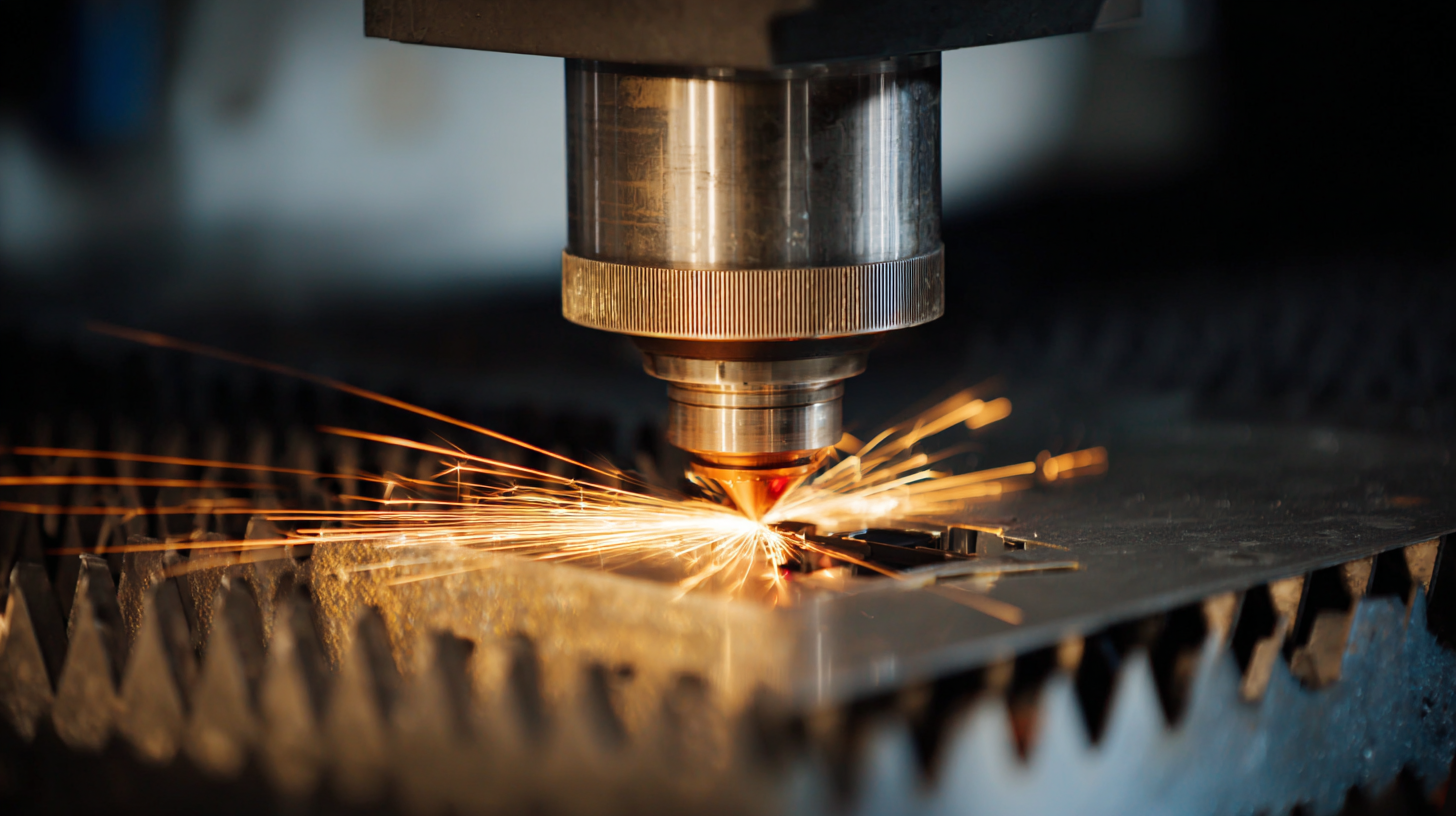
In the coming years, we can anticipate significant advancements in laser machining techniques that will not only improve material processing capabilities but also reduce wastage and energy consumption. These trends are driven by a collective demand for sustainability and efficiency across various sectors, including automotive, aerospace, and electronics. The integration of artificial intelligence and machine learning into laser machining systems is expected to enhance operational reliability, offering businesses a competitive edge in an increasingly demanding market.
Furthermore, innovations in laser sources, such as fiber and ultra-short pulse lasers, will enable precision machining of a broader range of materials, contributing to the development of more sophisticated products and solutions. As we delve into the top laser machining trends for 2025, it becomes evident that the intersection of innovation and application will define the future landscape of this dynamic industry.
Emerging Laser Technologies: Paving the Way for Precision in 2025
In 2025, the laser machining industry is poised for significant advancements driven by emerging technologies that enhance precision and efficiency. One prominent trend is the integration of artificial intelligence and machine learning into laser systems. These technologies enable real-time monitoring and adjustments during the machining process, significantly increasing accuracy and reducing waste. By analyzing data from previous operations, AI can predict optimal settings for various materials, ensuring that manufacturers achieve the best possible outcomes.
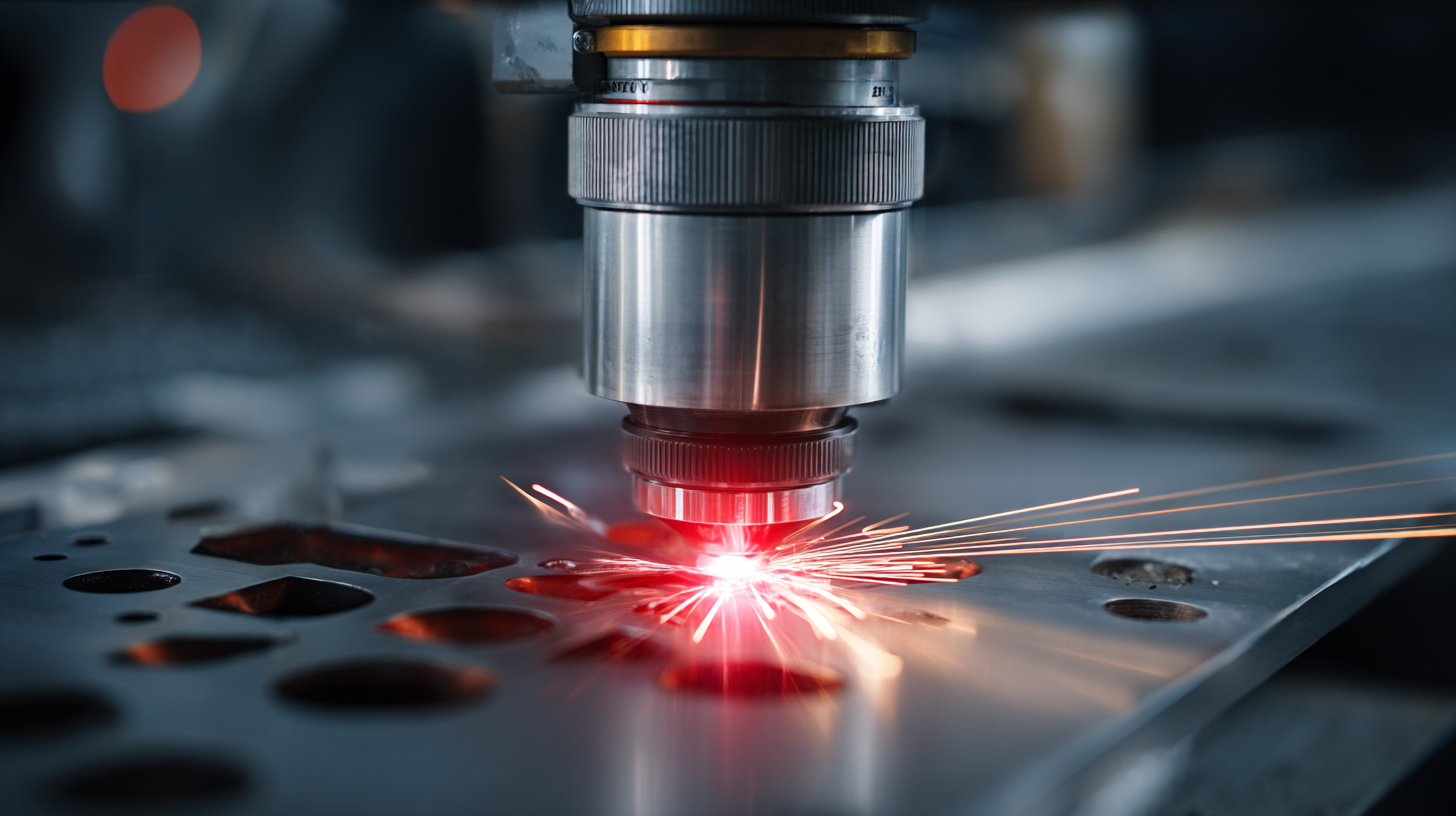
Another exciting development is the advancement of ultrafast laser machining techniques. These lasers can deliver high-energy pulses in extremely short durations, allowing for intricate material processing without thermal damage. This capability opens new avenues for industries such as electronics, aerospace, and medical devices, where precision is paramount. Additionally, the utilization of fiber lasers continues to grow, providing greater efficiency and versatility in a range of applications. As these technologies evolve, they pave the way for innovative solutions that will redefine laser machining capabilities in 2025 and beyond.
Revolutionizing Industries: Key Applications of Laser Machining in 2025
The landscape of laser machining is rapidly evolving, with significant innovations expected in 2025 that are poised to revolutionize various industries. Projections indicate that the global CNC machine market is set to expand from $101.22 billion in 2025 to $195.59 billion by 2032, reflecting a robust compound annual growth rate (CAGR) of 9.9%. This growth is largely driven by advancements in laser technology, which is anticipated to reach a market size of USD 37.26 billion by 2032. Industry leaders are leveraging laser machining for precise cutting, welding, and engraving, making it an invaluable tool across sectors such as automotive, aerospace, and electronics.
Additionally, the impact of digital transformation and automation on the machining industry cannot be underestimated. Innovations such as AI-powered mineral detection systems and enhanced photon science applications are becoming integral to processes in manufacturing and mineral exploration. As these technologies converge, we can expect an unprecedented level of efficiency and productivity in manufacturing operations. Key players in the market are actively investing in these technological advancements, setting the stage for groundbreaking applications that will redefine operational standards in 2025 and beyond.
Top Laser Machining Trends for 2025: Innovations and Applications You Can't Miss
| Trend | Description | Key Applications | Expected Benefits |
|---|---|---|---|
| Automation Integration | Increased use of automated systems for precision and efficiency. | Manufacturing, Assemblies | Higher production rates, reduced labor costs. |
| Advanced Materials Processing | Utilization of new materials that require specialized laser processing. | Aerospace, Healthcare | Improved product performance and durability. |
| 3D Laser Printing | Increasing adoption of laser technology to support additive manufacturing. | Custom tooling, Prototyping | Customization, reduced waste. |
| Nanosecond Laser Technology | Utilizing ultra-short pulse lasers for high precision cutting. | Electronics, Medical devices | Enhanced precision, cleaner cuts. |
| Eco-friendly Processes | Focus on sustainability in manufacturing processes. | Textiles, Packaging | Reduced environmental impact, compliance with regulations. |
Sustainable Practices in Laser Machining: Trends for Eco-Friendly Innovation
 As we approach 2025, sustainable practices in laser machining are gaining unprecedented attention. Industry reports indicate that companies incorporating eco-friendly innovations into their laser machining processes could see a reduction in operational costs by up to 30%. This shift not only helps in minimizing waste but also meets the increasing demand from consumers for environmentally responsible production methods. With advancements in technology, laser systems are becoming more energy-efficient, utilizing up to 50% less energy compared to traditional machining alternatives.
As we approach 2025, sustainable practices in laser machining are gaining unprecedented attention. Industry reports indicate that companies incorporating eco-friendly innovations into their laser machining processes could see a reduction in operational costs by up to 30%. This shift not only helps in minimizing waste but also meets the increasing demand from consumers for environmentally responsible production methods. With advancements in technology, laser systems are becoming more energy-efficient, utilizing up to 50% less energy compared to traditional machining alternatives.
One of the critical trends in sustainable laser machining is the use of biodegradable materials in conjunction with laser cutting processes. Research from the Laser Institute of America suggests that the adoption of such materials can significantly reduce the carbon footprint of manufacturing operations. Additionally, integrating renewable energy sources, such as solar or wind, can further enhance the sustainability of these processes.
Tips:
- Invest in training your staff on green technologies to maximize the benefits of sustainable practices in laser machining.
- Regularly audit your manufacturing processes to identify areas where you can implement energy-saving solutions, such as upgrading to more efficient laser systems.
- Collaborate with suppliers who prioritize eco-friendly materials, ensuring that your entire supply chain aligns with your sustainability goals.
Advancements in Automation: The Future of Laser Machining Processes
The automation of laser machining processes is set to revolutionize manufacturing in 2025, enhancing efficiency and precision in various applications. With advancements in AI and machine learning, laser systems are becoming increasingly intelligent, capable of adaptive processing based on real-time feedback. This means that machines can adjust cutting parameters on the fly, optimizing performance and reducing waste. The integration of advanced sensors will also allow for better monitoring of the machining environment, ensuring consistent quality and minimizing the risk of defects.
Moreover, collaborative robots, or cobots, are emerging as essential components in automated laser machining setups. Unlike traditional industrial robots, cobots can safely work alongside human operators, boosting productivity without compromising safety. This synergistic approach enables manufacturers to achieve more complex tasks while maintaining a high level of operator engagement. As industry trends continue to favor smart manufacturing solutions, the adoption of automation in laser machining processes will not only streamline operations but also drive innovations in product development across various sectors.
Customization and Personalization: Laser Machining Meets Market Demands in 2025
As we gaze into 2025, the realm of laser machining is poised for a transformative shift, particularly in the areas of customization and personalization. Industries are increasingly recognizing the value of tailored solutions that meet specific consumer demands. Laser machining offers unmatched precision and flexibility, allowing manufacturers to produce unique designs and features that cater to individual preferences. This shift toward customized products not only enhances customer satisfaction but also opens up new avenues for businesses to distinguish themselves in competitive markets.
Moreover, the integration of advanced technologies such as artificial intelligence and machine learning into laser machining processes will further amplify its capacity for personalization. These innovations enable real-time adaptations in manufacturing, where adjustments can be made instantaneously based on customer specifications. As a result, laser systems will evolve to support a breadth of applications—from bespoke automotive components to personalized medical devices—facilitating a truly user-centered approach in production. The ability to deliver uniquely crafted items efficiently is set to become a key differentiator in the market, aligning with the growing consumer desire for individualized products. As such, laser machining will not only meet market demands but also drive the future of advanced manufacturing.
Related Posts
-

Unlocking the Future of Manufacturing Through Laser Machining Innovations and Trends
-
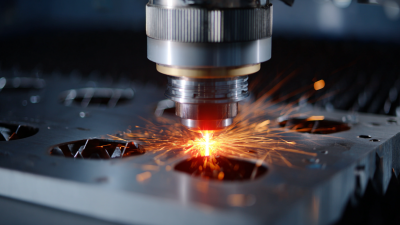
Exploring Laser Machining Innovations at China Import and Export Fair 2025
-
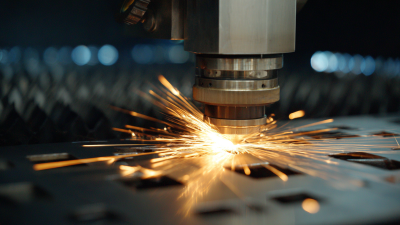
The Future of Manufacturing with Metal Laser Cutting Technology Explained
-

Unlock Unlimited Possibilities with Custom Laser Cutting for Your Unique Projects
-

Unlocking Creativity with Custom Laser Cutting Techniques for Unique Designs
-
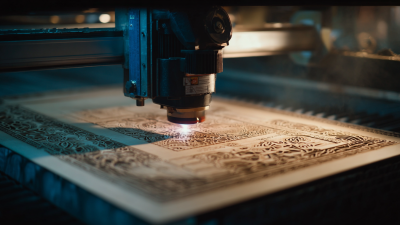
Unlocking Creativity: How Laser Cutting and Engraving Transforms DIY Projects

